It’s ‘Champagne Day’ with Krug: Pop the Cork and Cheers!
by Ken Gargett
First, apologies to regular readers for the recent silence, but I assure you I have been hard at work putting together any number of great topics for the coming months.
Part of this included the annual (well, pre-COVID, anyway) trip to Scandinavia for a tasting I think is almost always the greatest held anywhere in the world, as well as a sojourn around Italy, visiting some of the world’s great producers.
Before that, however, we have Champagne Day.
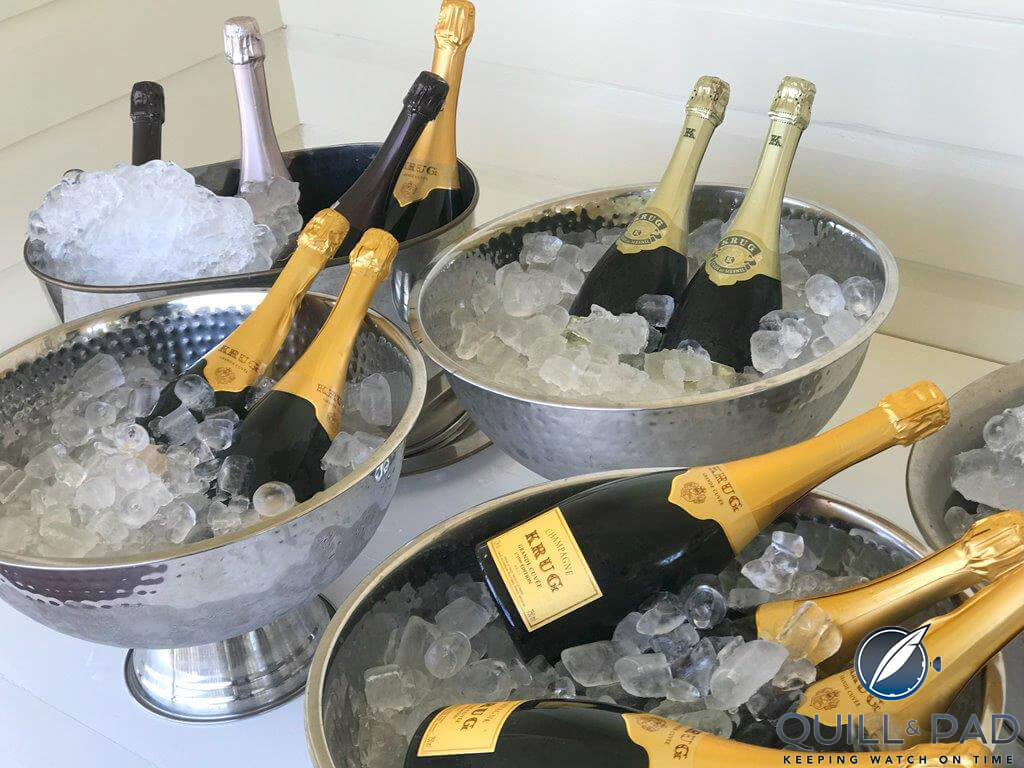
Before: A cornucopia of Krug on ice
Always held on the fourth Friday of October – this year, the 27th – Champagne Day was originally established in 2009 by Californian wine educator, Chris Oggenfus, and has taken off, with events around the world.
Now, you might be like me and have wondered why we need an official Champagne Day. Surely, every day is perfect for champagne. Indeed, asking why we need a Champagne Day is the sort of thing one could imagine happens on 29th September – “Ask a Stupid Question Day”.
It does seem that there are way too many official days and if one does a little research, it turns out that there is almost not a single day of the year that has not been adopted as an official day – often more than once. Some are recent, while others have been with us for many years.
‘International Nose Picking Day’, 23rd April, is a recent addition to the calendar, while ‘Night of the Radishes’, 23rd of December, has been with us for well over a century (locals in Oaxaca, Mexico, gather to carve radishes with the winner taking home a hefty cash prize).
My birthday is both the ‘Festival of Sleep Day’ (love it) and ‘Fruitcake Toss Day’ (no idea). A favorite is ‘Star Wars Day’ – 4th May (may the fourth … be with you).
————————————————————————————
————————————————————————————
There are days such as ‘Penguin Awareness Day’, ‘Hot Sauce Day’, ‘Squirrel Appreciation Day’, ‘Microwave Day’ (December 6th, which is also ‘Put on your own Shoes Day’, though why we need either is above my pay grade), ‘Tolkien Reading Day’, ‘Be Kind to Lawyers Day’ (as an old lawyer, I’m all in favor) and so many more.
So why not a Champagne Day, and why did it take so long for its creation seems a better question.
The recent Scandinavian trip included some amazing champagnes, all served blind, and you’ll be hearing more of them in the coming weeks. It included the oldest champagne I have ever tasted – 1807, and yes, it was drinking beautifully – and the finest, the 1929 Krug.
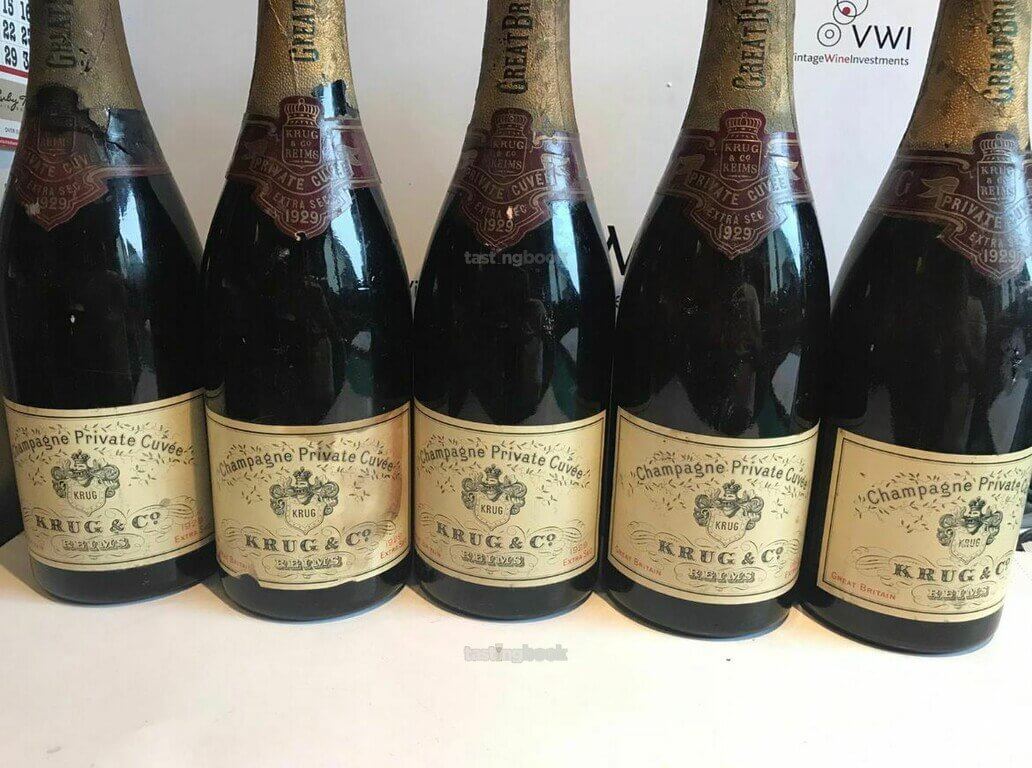
1929 Krug champagne (photo courtesy www.tastingbook.com)
We kicked off with a magnum of the ’15 Louis Roederer – yes, I know you are thinking that is all very well, but a long way to go, but it was the 1915. And other mind-boggling stunning champagnes followed (all of this can be followed by looking at www.tastingbook.com).
We look to Krug this week as we recently had a friend drop by for lunch Downunder. Olivier Krug, who brought his daughter Clemence (and you can rest assured that the family is in good hands there).
This was not a formal tasting but just a gathering of friends, mostly local winners of the Vin de Champagne competition over the years. Our hosts excelled themselves beyond imagination, in every way, even down to their pet lizard having emerged from hibernation in time to greet us.
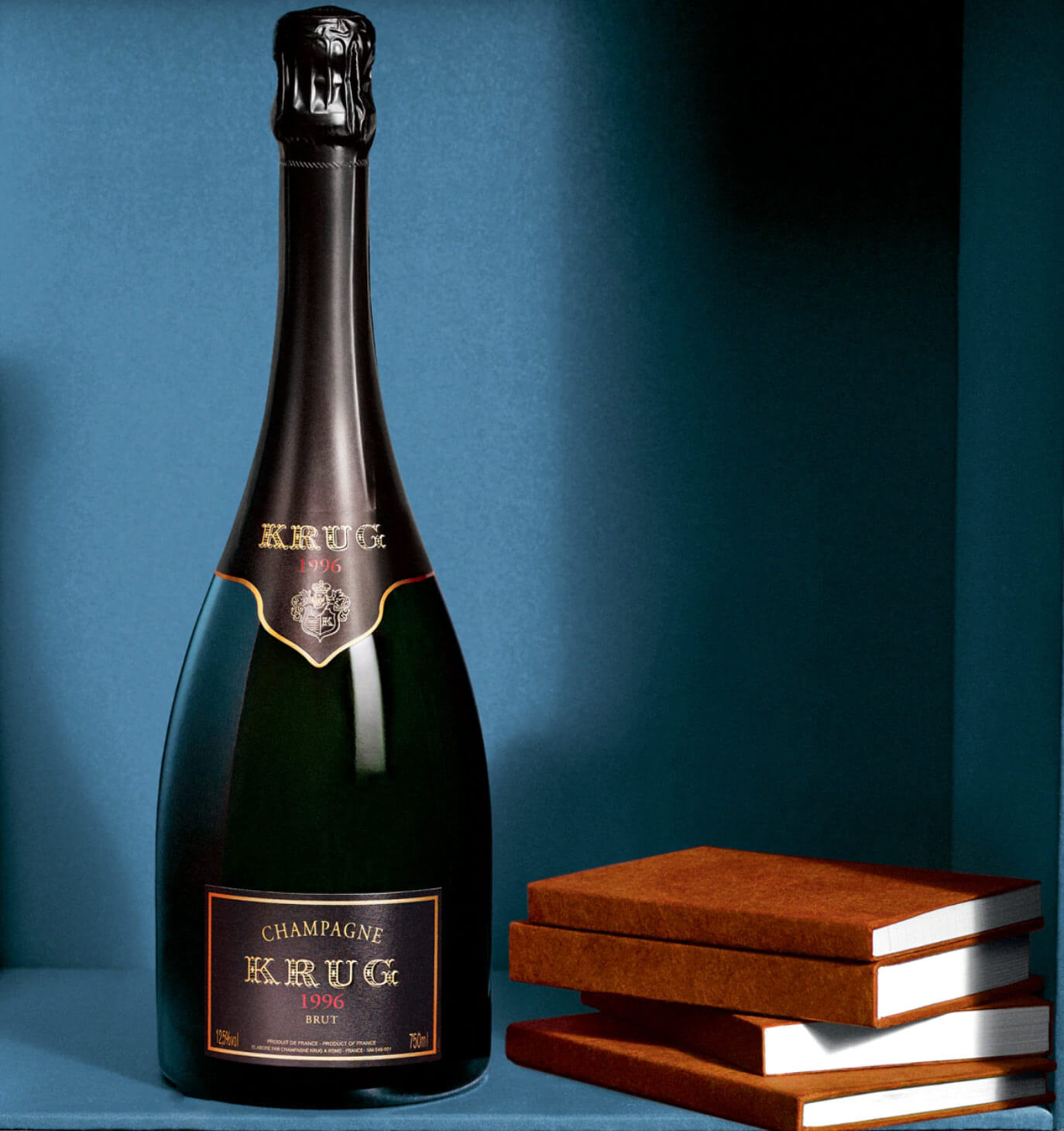
Krug champagne 1996 vintage
Basically, the plan was that we would each bring a couple of bottles or a magnum of a chosen Krug – there were quite a few people by the end – and then simply have a wonderful day. For us, that particular day is now Krug Day, although it may not be official.
We have looked at Krug in some depth previously, so I won’t rehash that. Suffice to say that for many, Krug is considered the greatest champagne producer of all, especially if rich, complex wines are your thing.
Those who prefer lighter, more elegant wines will venture elsewhere, but that is all part of the joy of champagne.
————————————————————————————
————————————————————————————
Krug has become the stuff of legends. Watching a television show recently, the bad guy was lured out of hiding by the promise of a bottle of 2008 Krug. Not only was he caught, but unless Krug have made some of their ’08 in differently shaped bottles and with completely different labels, he didn’t get his Krug either.
For me, Krug is the King Lear of champagne. As good as it gets.
I mentioned the 1929. 1929 was a legendary vintage in many regions – Bordeaux and Burgundy especially. In Champagne, it fell in the shadow of the extraordinary 1928. Krug 1928 is often cited as the greatest champagne ever made in the twentieth century.
I had the chance to try the 1928 Collection some years ago. Absolutely wonderful with incredible complexity, but this particular bottle was certainly reaching the end of its life. It had seen better days, although still ranks among the greatest wines I have seen.
A bottle sold at auction in London not so long ago for over US$19,000, many times, I can assure you, what my friends and I paid at an auction Downunder quite a few years earlier.
Remi Krug told me that the 1928 Collection was never sent to Australia, but we worked out that this particular bottle had been sold originally in the USA. How it crossed the Pacific, we never found out.
The 1920s, might have been a roaring time for the consumption of champagne, but less so for its production. Looking at the notes in Charles Curtis’s wonderful, ‘Vintage Champagne: 1899 to 2019’, it started with a bang with the great 1921 vintage, but 1922, 1923, 1924 and 1925 were all very ordinary. 1926 gave us better things but 1927 was probably the worst of the lot.
The decade was saved by two truly magnificent vintages.
1928 is generally considered the pinnacle, with 1929 a softer and richer year. For me, and it would be silly to make definitive judgments based on a single bottle from each year, the 1929 Krug (not Collection), exceeded all before it.
My notes started with ‘Amazing, phenomenal’, and simply got better from there. It was effectively still – many of these very old champagnes will not give you any fizz, but will still be alive, as the carbon dioxide which provides the fizz, will have reduced to a stage where it cannot give the wine bubbles but still provides life.
And this wine was just so alive. Notes of honey, ginger and white pepper, there was a wonderfully seductive texture and brilliant complexity. This is a 100 -point wine every day of the week.
————————————————————————————
————————————————————————————
We have previously detailed how Krug aim for the very best each year – not speaking of their vintage here – by blending wines in the manner known as non-vintage. Krug, and others, prefer the more apt term, multi-vintage.
It is believed that Krug may have made the first champagne of this style, but these things can be terribly hard to confirm. Veuve Clicquot claims the first vintage champagne, the 1810, but having tasted Moet et Chandon’s 1807, we can now put that claim to rest.
The House of Jacquesson began numbering their releases and Krug soon joined them. It is a wonderful innovation and we can only hope that more houses join them.
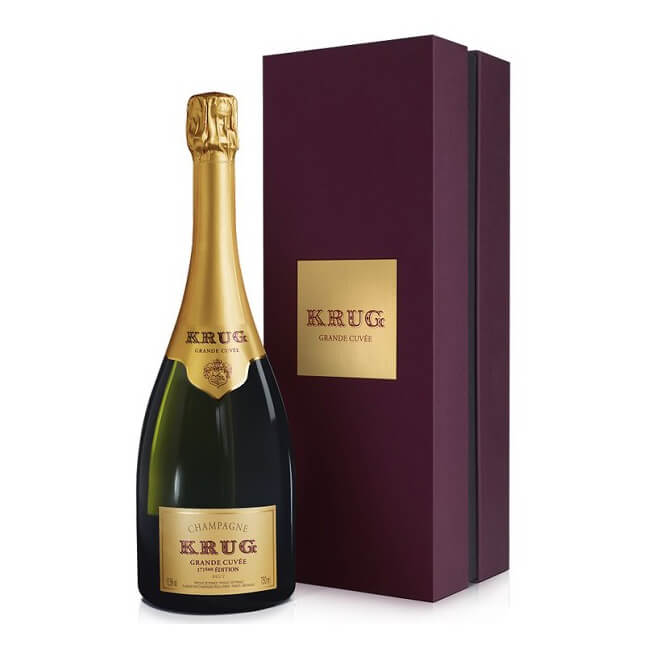
Krug 171st edition champagne
Among the multi-vintages we tried was the 171st edition, which was composed around the 2015 vintage, but does include wines as far back as the 2000 vintage – 131 different wines from twelve different years. The blend is 45% Pinot Noir, 37% Chardonnay and 18% Meunier. The 166th edition which was based on the 2010 vintage but dates back to 1998, with 140 wines from thirteen years.
The blend is 45% Pinot Noir, 39% Chardonnay and 16% Meunier. The final Multi-vintage was the 162nd edition, based on the 2006 vintage but dating back to 1990 – 163 wines from eleven different vintages. The blend here is 44% Pinot Noir, 35% Chardonnay and 21% Meunier.
These wines usually spend around seven years on lees. They were, in their own ways, all spectacular champagnes.
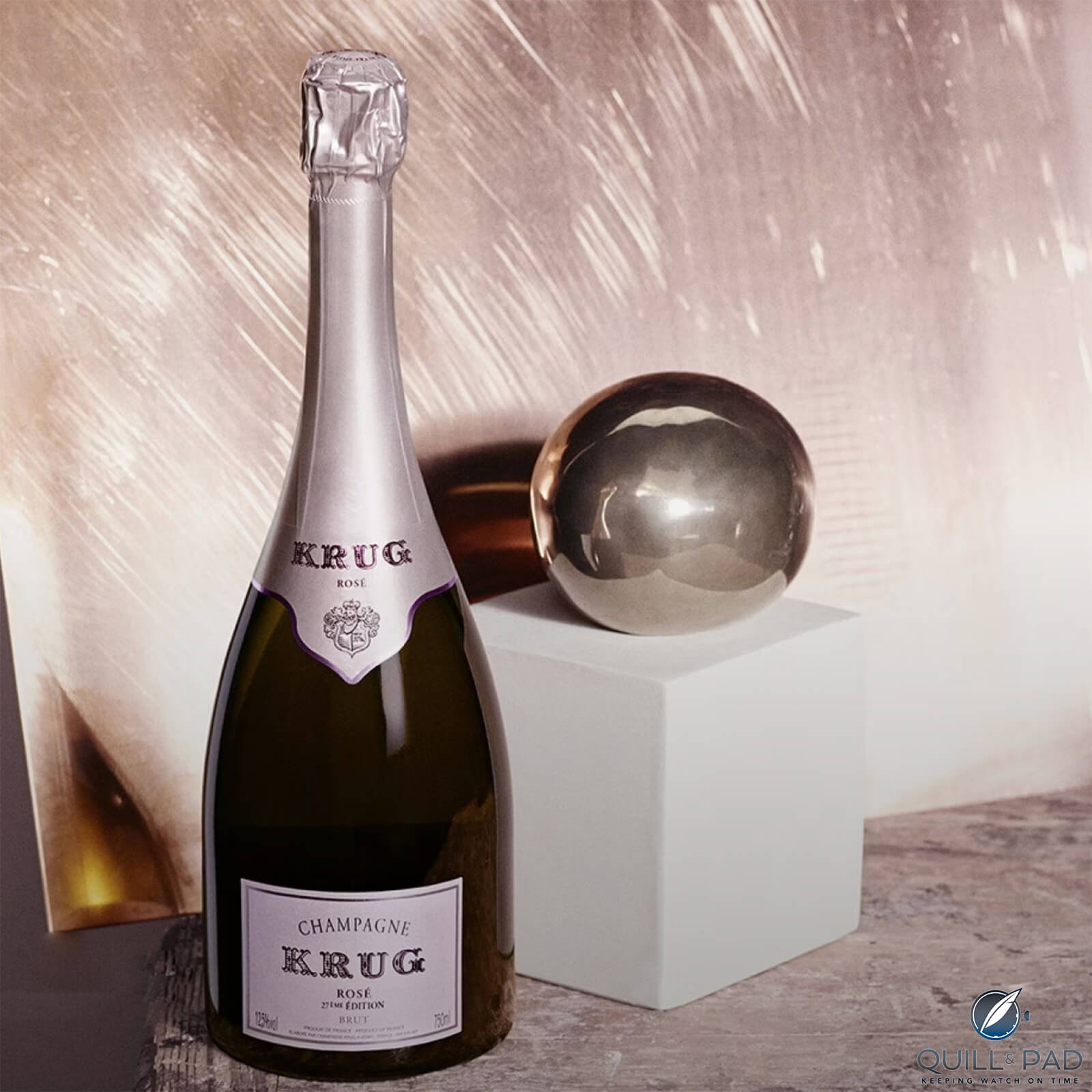
Krug Rosé 27th edition champagne
The current release of the Krug Rose is the 27th edition. We looked at two different editions, the 18th in magnum and the more recent 23rd in bottle.
The 18th is based on 2005 with 21 wines from five different vintages back to 2000. The blend is 56% Pinot Noir, 30% Chardonnay and 14% Meunier. The 23rd is composed from 60 different wines from ten vintages, the base 2011 going back to the 2000 vintage again. This time, the blend is 45% Chardonnay, 29% Pinot Noir and 26% Meunier.
They are two very different blends. Loved them both with the older wine being strawberries and spices, even a hint meaty. The younger, which was my preference, was all florals and rose petals. Quite stunning. I marked them 96 and 98 respectively.
Every following wine I happily gave full points, with the exception of the 1995, for which I gave 99 (I felt I should at least make an effort not to simply throw out 100s like confetti). This was truly the most extraordinary collection of champagnes one could ever wish to enjoy.
————————————————————————————
————————————————————————————
First up was a wine that is nearly unicorn status, the 1990 Clos de Mesnil. This is a single site blanc de blancs. Some will argue that Salon or Taittinger’s Comtes is the leading blanc de blancs from Champagne.
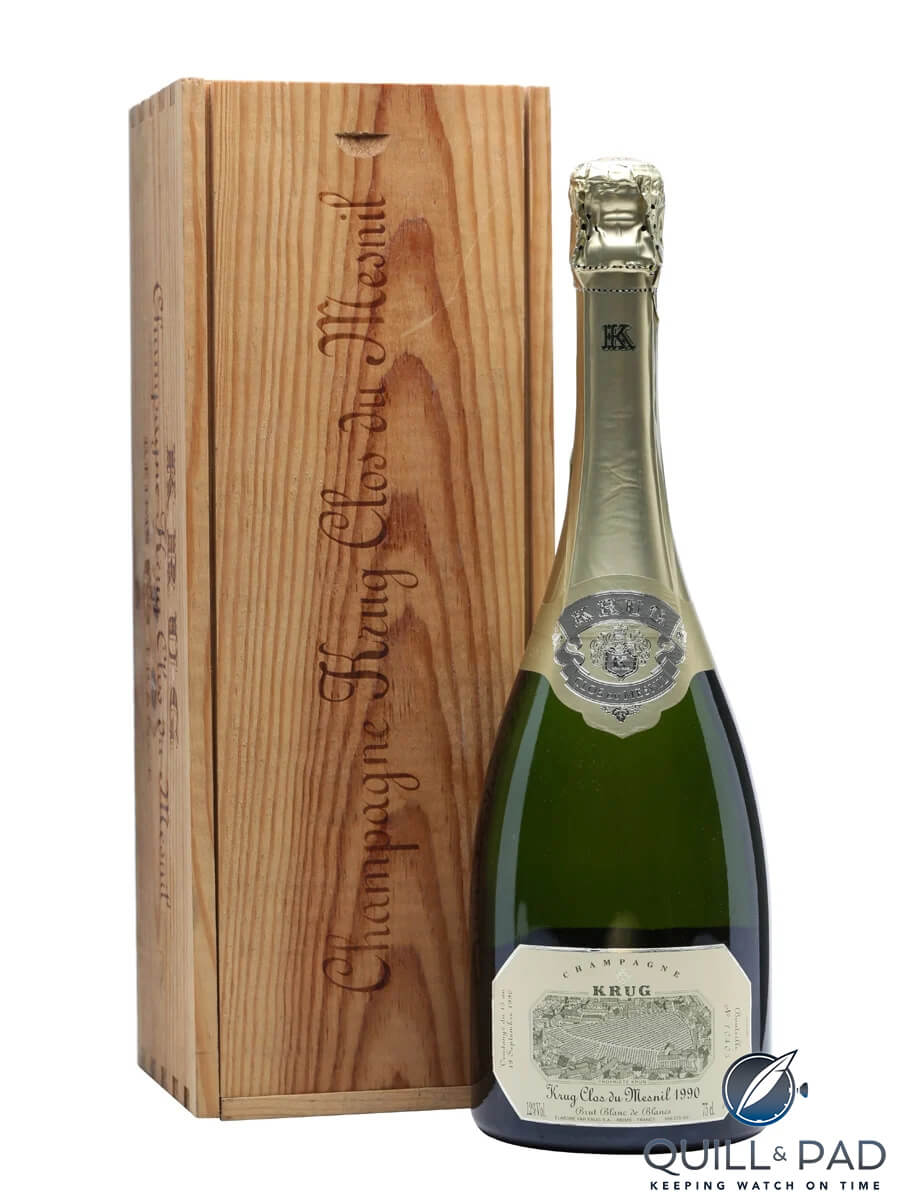
1990 Clos de Mesnil champagne
It hardly matters. Personal preference at these levels. But it is hard to imagine anything topping this wine. Incredibly complex with a crème brulee texture, layered with stonefruit, ginger, a hint of shortbread and honey.
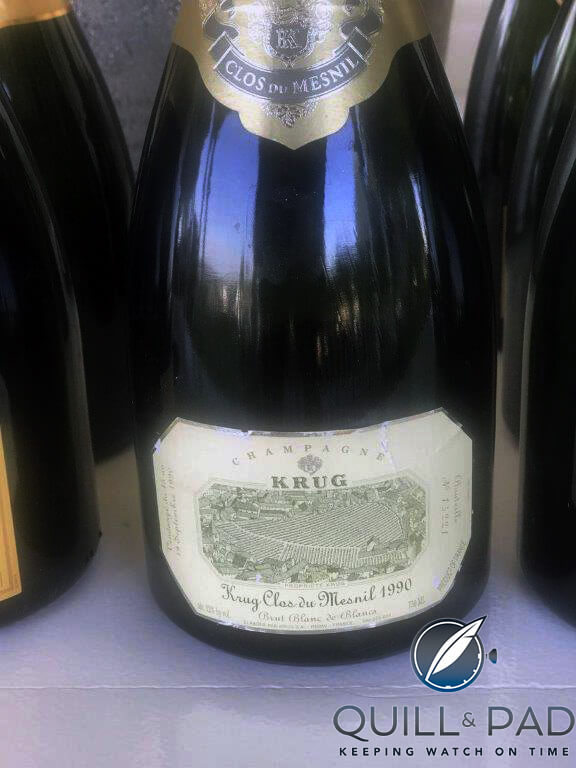
Krug Clos de Mesnil 1990
Full of life and exhibiting great length. Still so alive and so long. A stunning wine with a never-ending finish. As I mentioned, all these wines got full marks, but if one can say that this was a better 100 than some (yes, that makes no sense), it certainly was.
2002 was released after the 2003 as it needed more time, and for me, it is a far superior wine. The blend is Pinot Noir (40%), Chardonnay (39%) and Meunier (21%), with 12 years on lees. Notes of citrus, limes, orange rind, roast nuts, cream, spices, ginger and stonefruit. Immaculately balanced, it surely has at least a twenty-year future ahead of it. Wow, what a champagne!
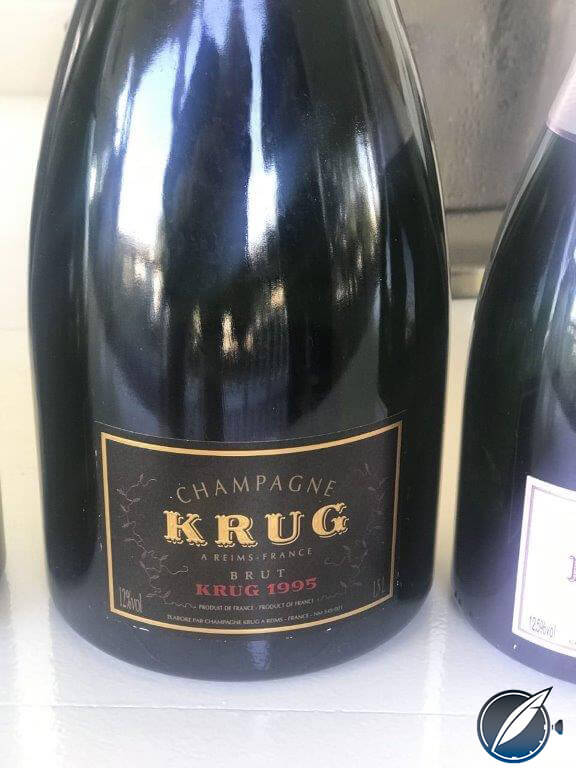
Krug 1995 vintage champagne
We looked at the wines out of chronological order, so as they would best match the cuisine. 1995 was up next. Any other day, this was a wine that would have blown us away. Hazelnuts and orange rinds, glacéd lemon, shortbread and floral notes. Great length, fine balance and a champagne that maintains its intensity.
A decade or two at least, in good cellars. Wonderful. The blend is Chardonnay (35%), Pinot Noir (48%) and Meunier (17%). If nothing else, one look at the various cépages of these champagnes and any suggestion that Meunier should be ignored goes out the window.
1996 is often compared to 1928. Not much more needs be said. The blend is Chardonnay (31%), Pinot Noir (48%) and Meunier (21%). The wine is focused, incredibly long, classic and never-ending. Hazelnuts, crisp pears, glacéd fruits, a hint of coffee bean and honey. This has so many great years ahead of it.
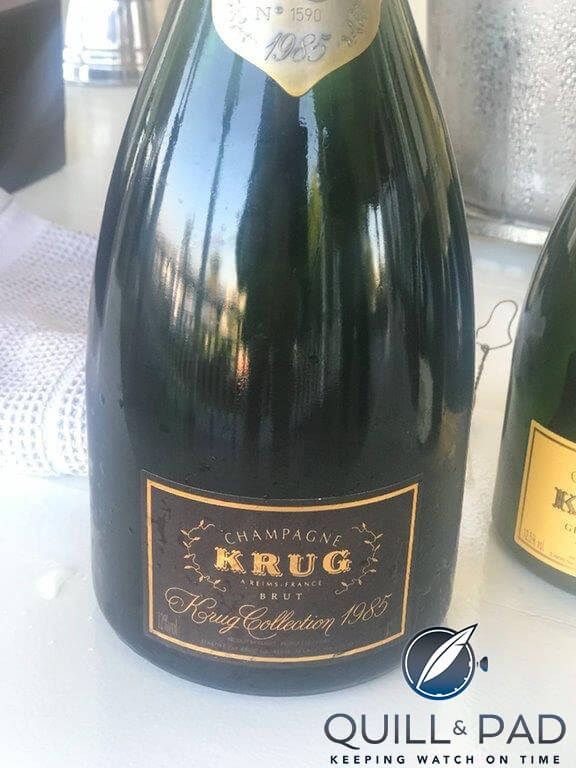
Krug Collection 1985 champagne
Finally, a magnum of the 1985 Krug Collection. 1985 has always been one of my favorite years, with the Pinot Noir based champagnes especially good. A small vintage but a great one. The blend is Pinot Noir (48%), Chardonnay (30%) and Meunier (22%). The immediate impression for me was lemon cheesecake, covered in rich, black cherries. A wonderful champagne with a decade ahead.
All up, a day to remember forever. Having Olivier and Clemence with us to enjoy the champagnes and provide their expertise, the incredible generosity of not only our hosts but everyone who brought such great bottles, helped make it so special. The third Sunday in October will forever be, for us, Krug Day.
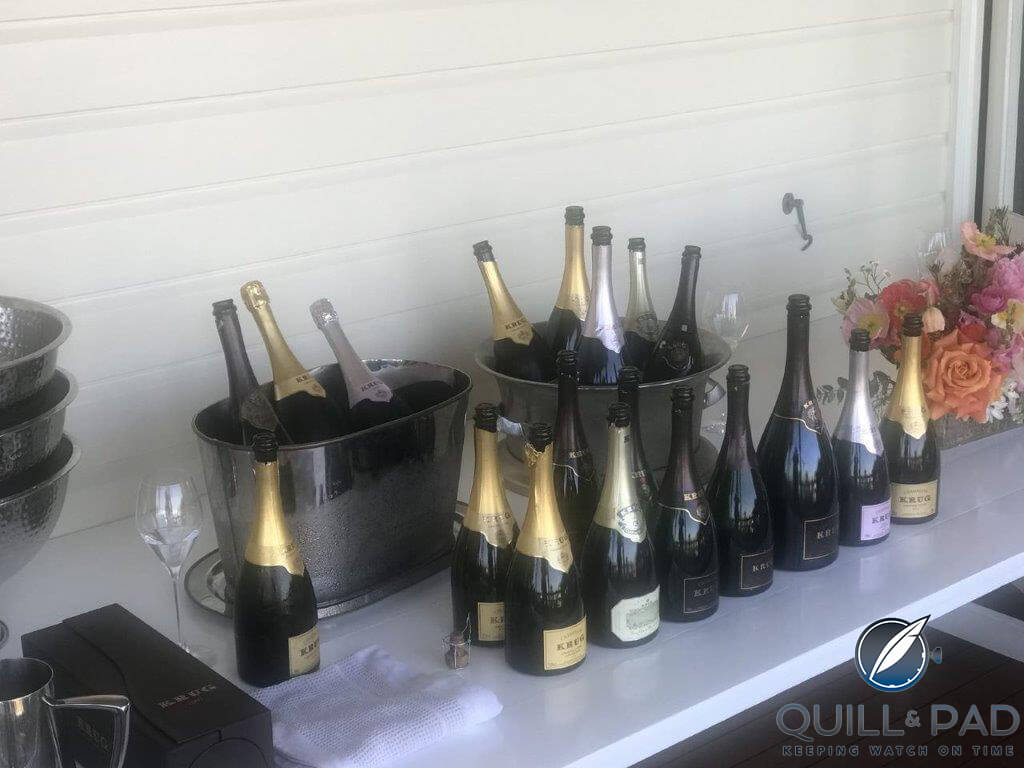
After: A cornucopia of dead bottles of Krug champagne
Wherever you are and whatever champagne you are drinking, I hope you celebrate Champagne Day in the best way possible.
For more information, please visit https://champagneday.champagne.fr/
You might also enjoy:
Veuve Clicquot La Grande Dame 2012: A Complete Champagne with Great Balance and Length
The Joy of Champagne II: an Incredible Tasting Session of Simply Superlative Champagnes
Bollinger RD 2008 Champagne: One of the Greatest Wines from a Sensational Vintage
Champagne And Caviar: A Great Culinary Combination Or Just One Excess On Top Of Another?
Leave a Reply
Want to join the discussion?Feel free to contribute!

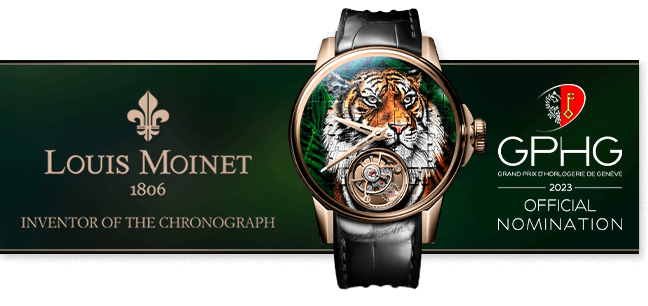
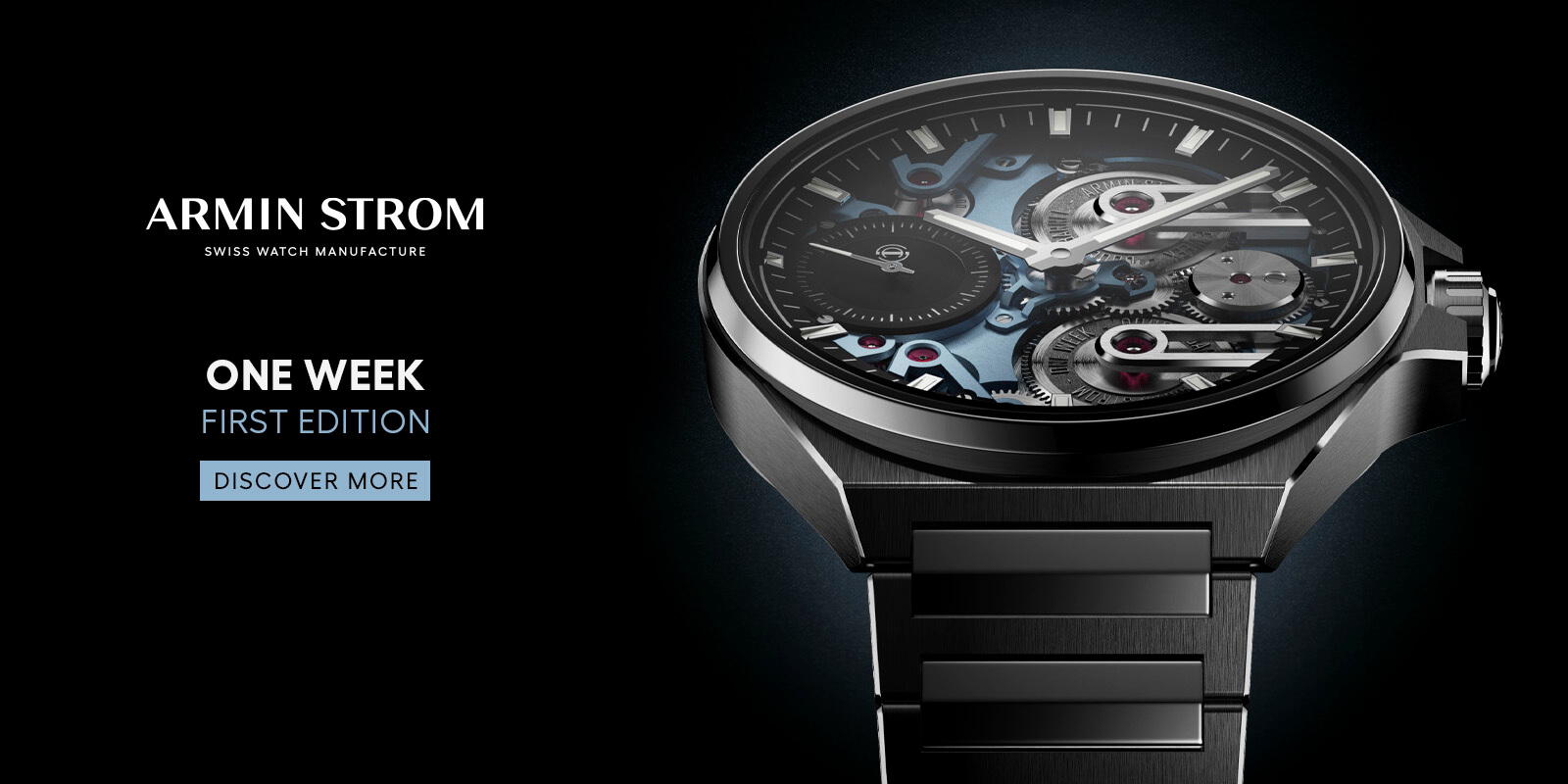
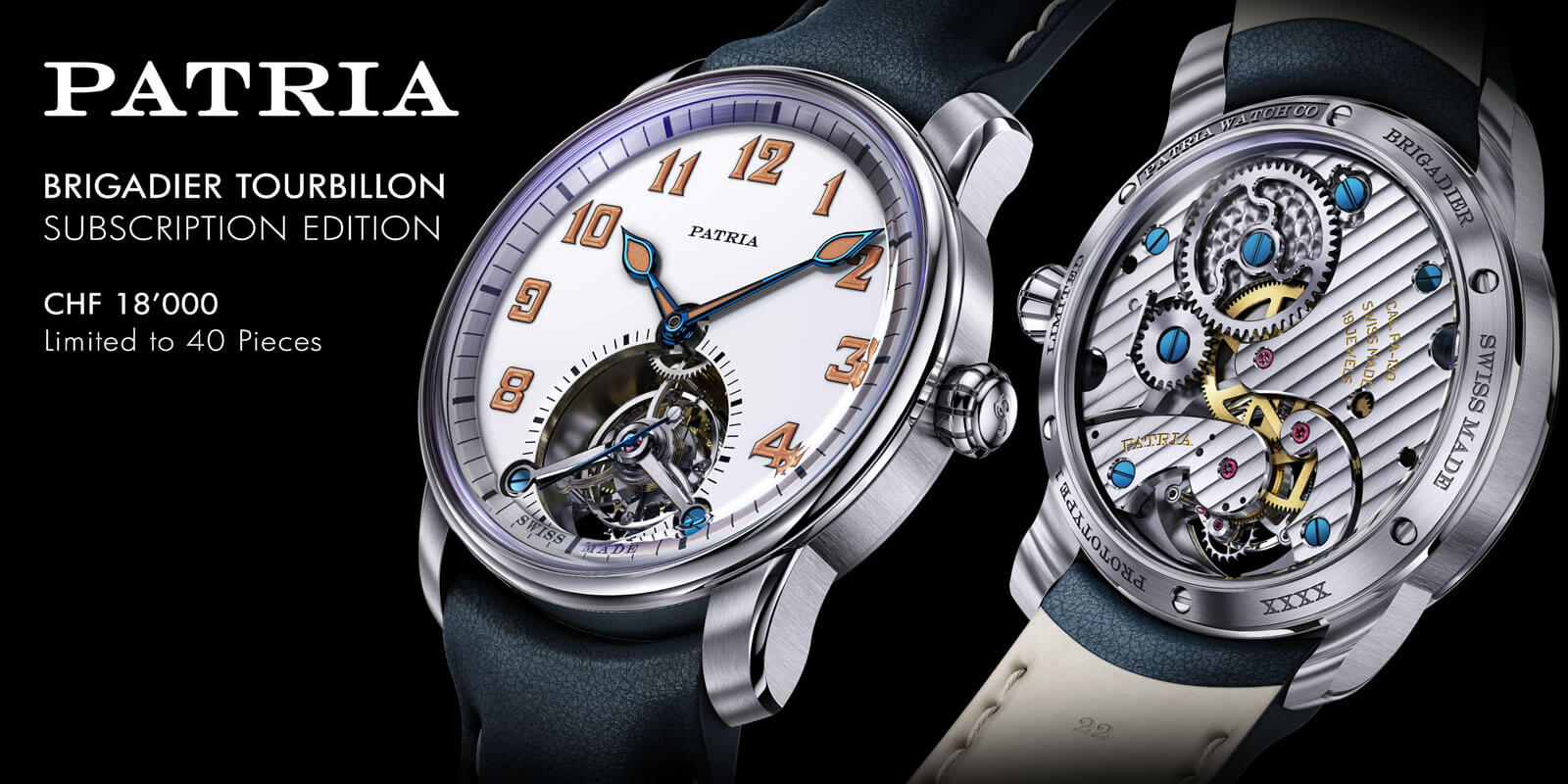
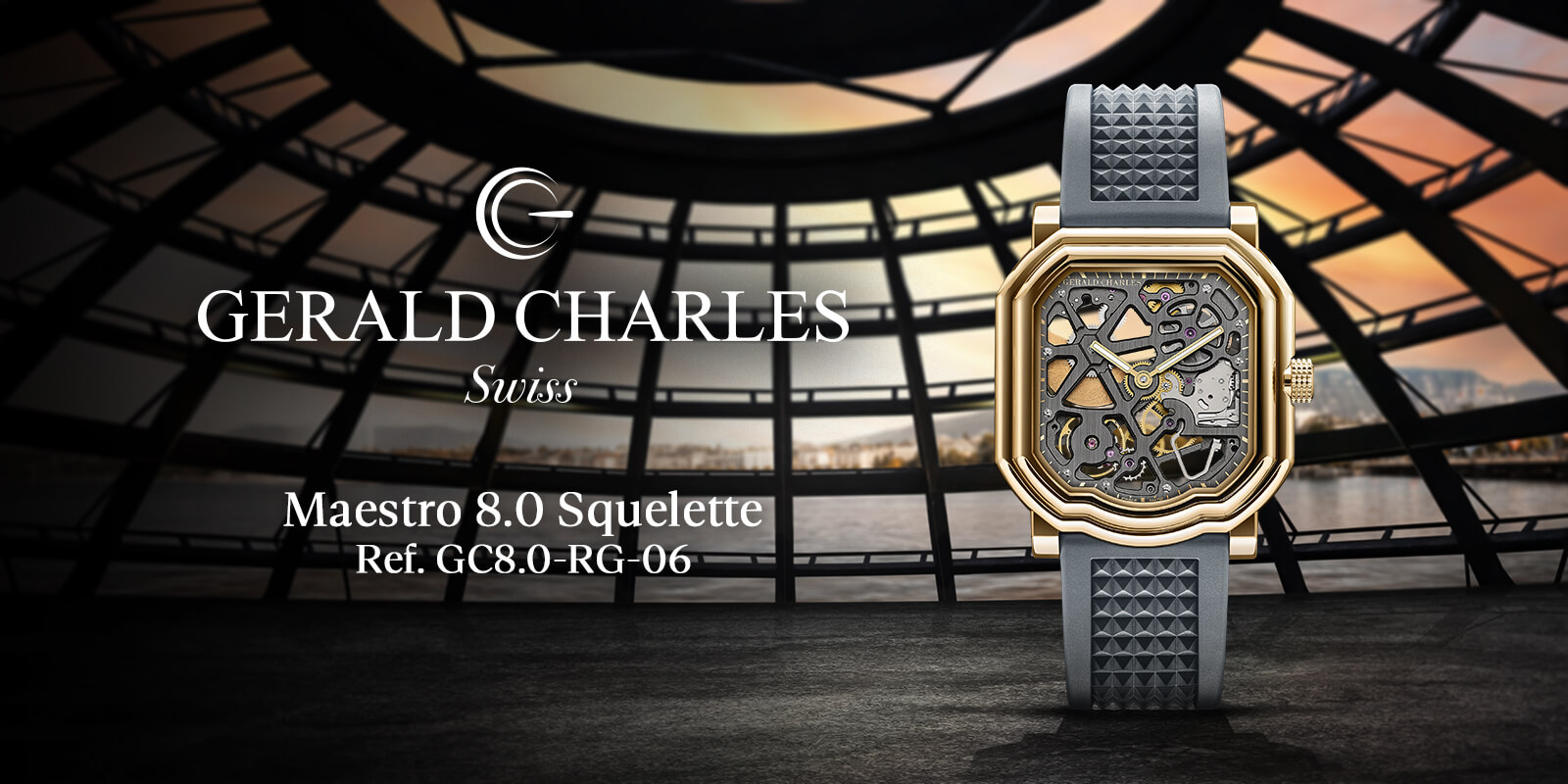


I love your articles, Ken, I really do!
I couldn’t even write about my sock drawer with the authority and knowledge that you have about so many different areas of appreciation of wines and spirits!
Fantastic, thank you.
Thanks Greg, that is increedbly kind. I think it helps if you just love the stuff about which you write. With that in mind, your, and everyone else’s sock drawers are safe from my analysis.
best
ken gargett